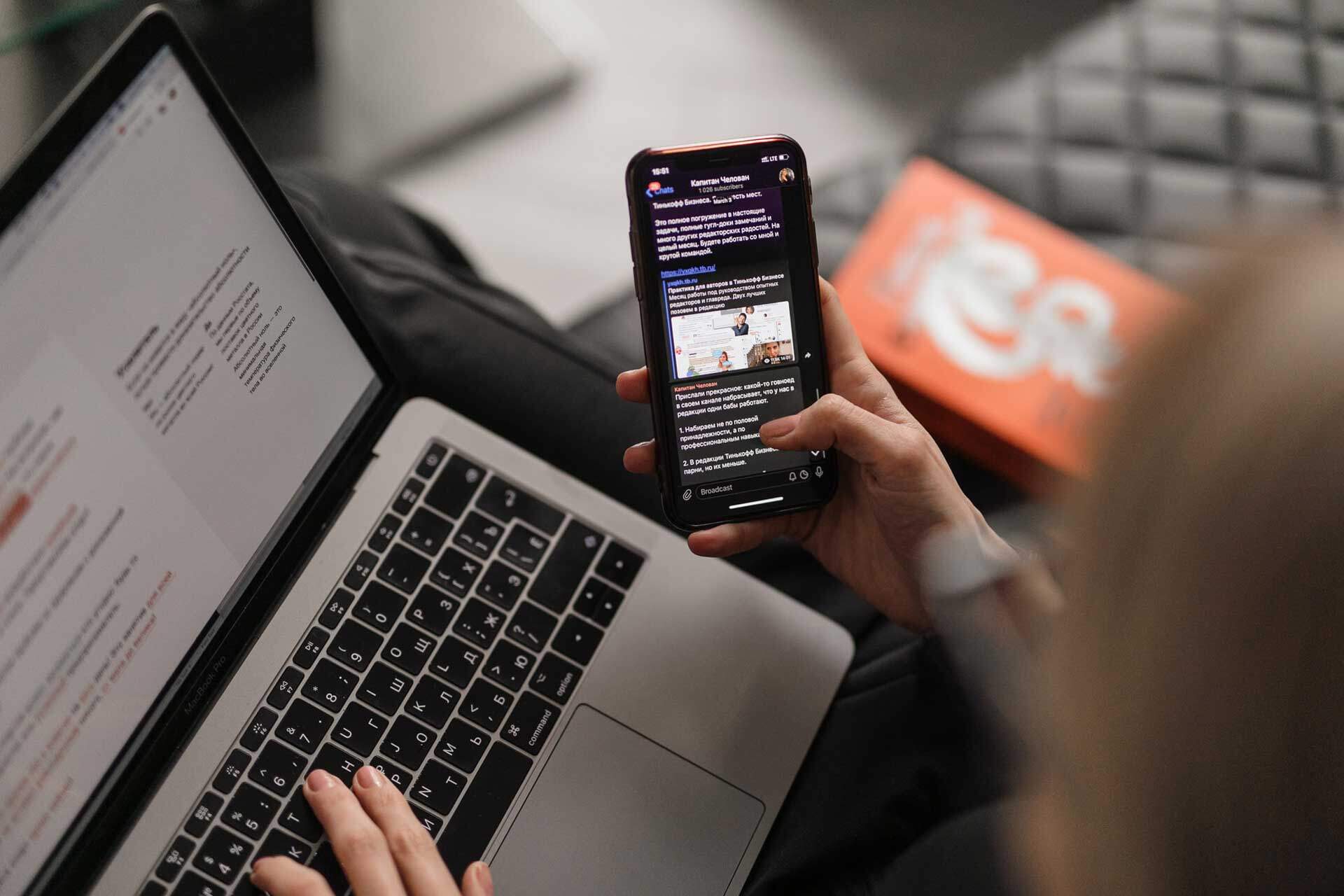
24 Mar 4 Proven Ways to Take Your Mobile Marketing to the Next Level
Boost Mobile Marketing: 4 Proven Strategies
Mobile marketing continues to be one of the most impactful tools businesses can leverage in today’s digital-first world. With nearly everyone carrying a smartphone, businesses have a direct channel to engage their target audience 24/7. This unprecedented access allows brands to deliver timely, relevant, and personalized messages that resonate with their audience.
However, many businesses fail to fully utilize mobile marketing to its potential. To stand out and ensure your efforts drive results, here are four key strategies to maximize your mobile marketing effectiveness.
Leverage Location-Based Features in Mobile Marketing
Mobile marketing thrives on personalization, and one of the best ways to personalize is by using location-based marketing. Every piece of mobile content you send should include actionable location information to make it easy for customers to find you.
- Include your business address as a hyperlink that redirects users to their default maps app for instant navigation.
- Add your phone number in a clickable format so users can call you directly.
- Use GPS-based notifications to send offers, promotions, or reminders to customers near your business location.
Pro Tip: Geo-targeted promotions are proven to drive more in-store visits. A well-placed discount notification sent to users within a 5-mile radius can make all the difference.
Tap Into the Power of Hyperlocal Mobile Marketing
The concept of hyperlocal marketing is transforming mobile strategies. Smartphones equipped with GPS provide invaluable insights into where your customers are and when they’re nearby. This presents a golden opportunity for your brand.
- Send location-triggered offers such as coupons or exclusive discounts when customers enter a specific radius around your store.
- Use hyperlocal ads to target customers within a few miles of your business, as most shoppers prefer to stay close to home.
Why It Matters: Studies show that consumers typically shop within a 10-mile radius of their homes. By targeting your mobile efforts locally, you can drive foot traffic and encourage repeat visits.
Learn more about hyperlocal marketing in this study on consumer behavior.
Prioritize Mobile Experience for Successful Mobile Marketing
A great mobile marketing campaign is more than visually appealing—it’s about delivering a seamless and intuitive user experience (UX). Poorly designed mobile interfaces can frustrate users and drive them away.
- Ensure your website and apps are mobile-optimized. Fast loading times (under 3 seconds) and responsive designs are critical.
- Avoid cluttered layouts and ensure all buttons, links, and forms are easy to tap or navigate on smaller screens.
- Use progressive web apps (PWAs) for enhanced speed and functionality.
Pro Tip: Perform regular usability tests on your mobile assets to identify areas where user experience can be improved.
Check out this guide to PWAs for more information.
Align Your Mobile Marketing Strategy With Omnichannel Efforts
Mobile marketing works best when it complements your overall marketing strategy. Your mobile efforts should integrate seamlessly with your print, digital, and in-person campaigns to maintain brand consistency.
- Add QR codes to direct mail, in-store posters, or product packaging to bridge the gap between offline and online channels.
- Use social media to amplify your mobile campaigns, encouraging customers to take action on your app or website.
- Leverage omnichannel marketing strategies to create a unified brand experience across all touchpoints.
Why Integration Matters: A disconnected strategy can confuse your audience and dilute your brand message. Consistency is key to building trust and recognition.


